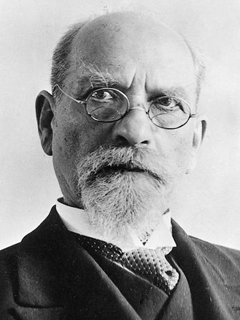

From the "neutral" human being to gender difference
phenomenological and dual anthropology in Edith Stein
pp. 11-23
in: Antonio Calcagno (ed), Edith Stein: women, social- political philosophy, theology, metaphysics and public history, Berlin, Springer, 2016Abstract
Following Husserl's lead, Edith Stein maintains that, on one hand, phenomenology can account for the universality of the structure of the human being and can give an essential description of the "phenomenon." On the other hand, she is sensitive to the claims of the feminist movement and believes it is necessary to deepen the difference between male and female, not only by describing what constitutes the feminine but also what constitutes the masculine. In doing so, Stein brings something new to philosophical discourse. Additionally, she defends the singularity of the human being in which both male and female are present.



